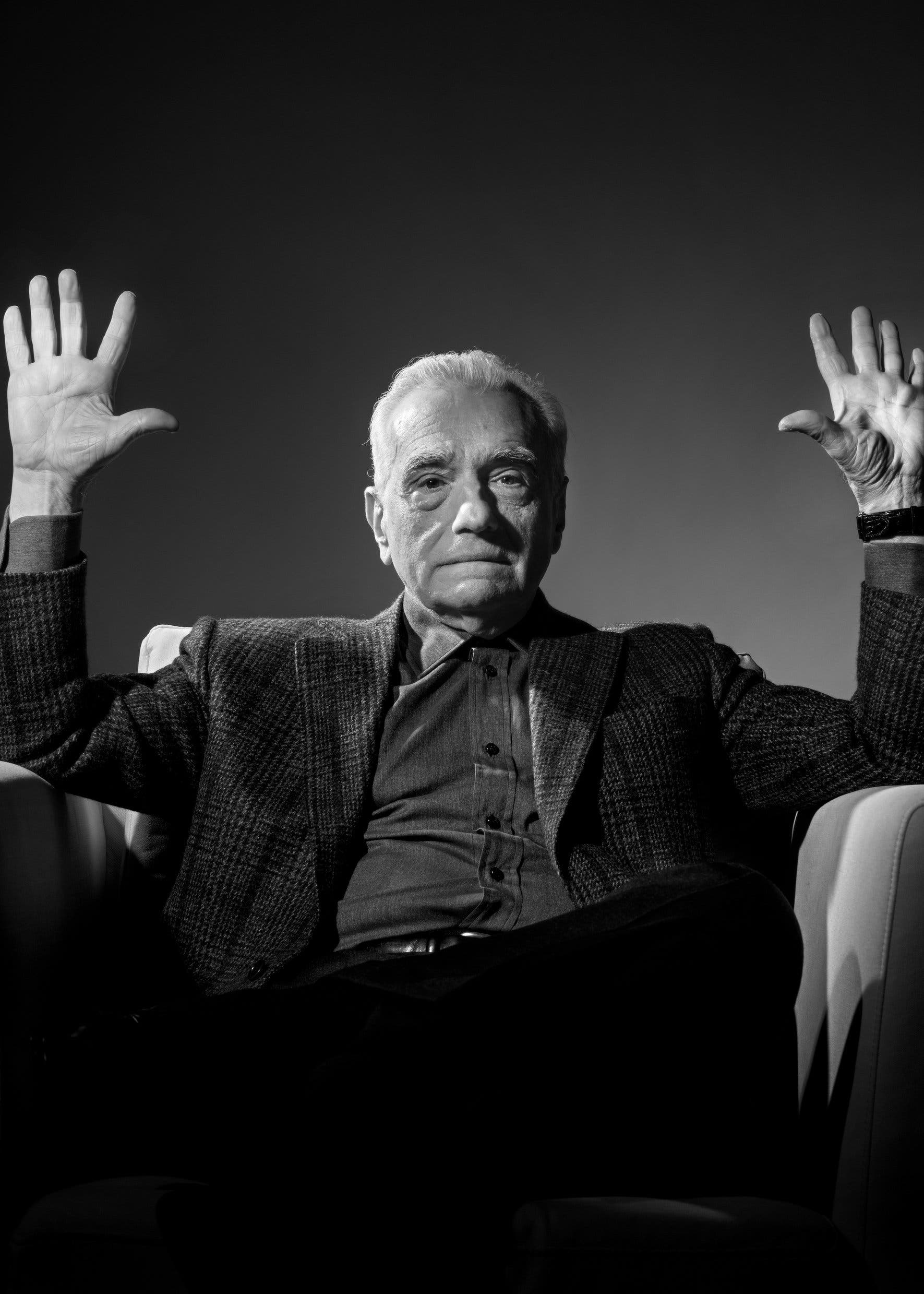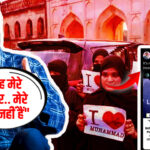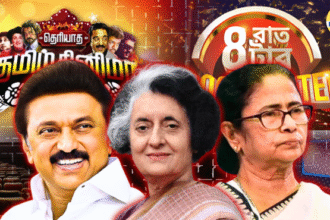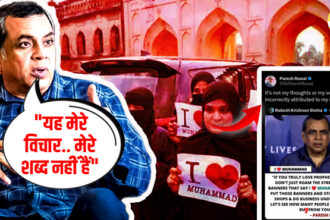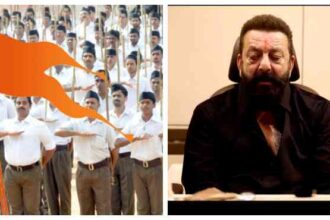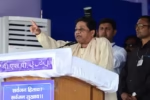India has been the most beautiful collection of cultures, traditions and authenticity since times immemorial, so it should be obvious that the mainstream cinema of India should have taken the same route in portraying the same originality, right?
WRONG.
From the very start, the foundations of the biggest film industry of India, Bollywood, were laid by the writers (Wajahat Mirza, Khwaja Ahmad Abbas, Akhtar Mirza, Gulzar), who in their own sense of selectively retelling history, created a picture of India which had everything but the aforementioned qualities. It represented India to be a country that was marginalised, poor, stung by the colonial aftermath, biasedly secular and quite ironically glorified by the glory of its past invaders. Themes of caste, dogmatism and social unrest were all but limited to a certain section of society. While Hollywood was advertising the ‘American Dream’, we were stuck in the loop of placation. And this sort of representation became the norm for almost every Bollywood film. Even on the international stage, with films like Salaam Bombay or Slumdog Millionaire, India and Indians were shown to be poor, crass, insensitive and vile, and we as Indians barely objected to this. While gems like Swades and Rang de Basanti existed, they were far and few in between.
Cinema is the representation of the society we live in, and when that society is misrepresented and lied to, it doesn’t take long for that lie to create an ecosystem that incorporates this echo chamber. Movies like Chak de India, Jodhaa Akbar, Veer, Asoka are clear examples of this norm.
Appeasement in itself had become a huge part of films. Rockstar, PK, Firaaq, My name is Khan, Fiza, Bajrangi Bhaijaan, Haider etc, were all big star films that tried to sneak in a certain feeling of self angst.
However, in 2015, one thing changed. One filmmaker changed the entirety of Indian cinema (for good). On 10th July 2015, released a juggernaut from the Telugu industry, Baahubali. Much to the surprise of the Indian audience that was so suppressed and was for decades inside an environment where proclaiming its own heritage and culture was deemed to be toxic and intolerant, Baahubali did everything that was not mainstream. It was true to the long standing pre-invasion Indian culture, it glorified the true valour of Indians, it showcased emotions and it openly confessed to have taken inspiration from ancient Indian texts. S.S. Rajamouli’s use of mythic archetypes and temple-like set design evoked Puranic grandeur in a modern cinematic idiom—something Bollywood rarely attempted after the 1960s.
Baahubali went on to generate a fervour that was never seen before, it rung the cash registers immensely, but even more so, it rung the bell in the mind of every Indian, ‘if my culture is so pronounced and grand, then why does the world and why do we ourselves, degrade our heritage to such low ground?’
This ideological shift propelled Indian cinema forward.
Since the release of Baahubali, many Bollywood films tried to replicate the same formula, but it still was an eventual glorification of the falsified propagated history. Films like Bajirao Mastani and Padmaavat are prime examples of the same.
However, post Baahubali, the Telugu and Malayalam industries sky rocketted. They started putting out meaningful cinema. Films like Drishyam and Baahubali 2 and even the Punjabi animated film Chaar Sahibzaade broke the barriers of language and integrated the nation like never before, while films like Trance exposed the harsh truths of our society. While regional storytellers were finding renewed confidence, Bollywood began showing tentative signs of introspection by giving out films like Uri and Tanhaji, films that celebrated India and its true history and gritty brave films like Udtaa Punjab, Secret Superstar and Article 15 also existed.
Kannada industry too did not take long to get noticed. KGF released in 2018, clashing with Shah Rukh Khan’s Zero, and surprisingly stole all the headlines.
The lockdown of 2020, changed the cinema landscape forever. The regional films completely swept away Bollywood. Kgf chapter 2, RRR, Pushpa were the kind of films people were appreciating. Even Tamil cinema, when it ventured to represent its true identity in the form of Ponniyin Selvin, broke multiple records and was widely well received.
In 2022, another great cinematic revelation took place. A small budget Kannada film, Kantara released. It was a film that celebrated traditions in its rawest and truest form by the depiction of Bhoota Kola. Kantara even today is amongst the most astonishingly beautiful cinematic representations of the Indian soul, with its sequel doing the same currently.
When Southern cinema was blooming, Bollywood was nosediving, with only exception being The Kashmir Files, a gut wrenching reminder of how our civilisation has been compromised and Brahmastra, a film that was an ode to Indian folklore.
Further films like Hanuman, Kartikeya, Sita Ramam, 2018 showed how we could celebrate our identity without leaning towards a particular idea of appeasement.
Is Bollywood learning though? Partially, yes. Films like Jawaan, 12th Fail, IB 71, OMG 2, Homebound. Kesari are symbols of the same. Gritty films that celebrate the Indian spirit in its truest form, and not as a forced formula.
Regional cinema has reminded Indian filmmakers that authenticity resonates more deeply than imitation. If Bollywood embraces this rediscovery—not as a formula, but as a philosophy—the coming decade could witness a unified yet diverse cinematic identity truly reflective of India’s soul, because by the end of it, we are all fans of good thought provoking cinema that gives us room to think, but also instils a sense of pride in its audience.

